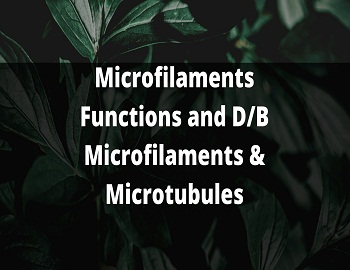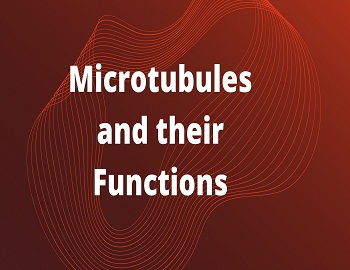Cutaneous Respiration:
Gases move very slowly through the protoplasm. It has been estimated that diffusion alone cannot fulfill the respiratory needs of organisms with a diameter of more than 1 mm. The precise size limits depend not only on the rate of metabolism but also on the shape of the animal, any departure from the spherical will increase the surface area relative to the mass. Thus, a number of smaller metazoans and the larvae of much larger ones exceed the 1 mm diameter range. Giant land planarians (Terricola) are large and flat, the flatness leads to an increase in surface area. In spite of their large size the coelenterates and sponges are able to manage respiration without having any special respiratory organs their metabolic needs are small and the oxygen diffusion distance is short on account of thin body walls. Besides, these organisms have a variety of water circulatory devices like canals and saves which help to increase oxygen diffusion.
Principally, the occurrence of an efficient circulatory system in the body increases the rate of gaseous exchange through the skin and especially when the circulating fluid (blood) contains some respiratory pigment. Cutaneous respiration occurs in many annelids generally and in amphibians and fishes as a supplementary method. The Chaetopterus (annelid) possesses modified parapodia to move water over the skin for respiration. In a frog, even when it is on land a sufficient amount of oxygen-carbon dioxide diffusion occurs through the skin. Relatively, very little respiration occurs in the buccal cavity of frogs because the capillary surface is very little. In many species, the lungs and skin have almost the same capillary area and they contribute differently in respiration, for example, in the dry skin forms (toads) the cutaneous respiration is 20% or even less, whereas, in the aquatic form like Triturus alpestris, it is nearly 76%.
Cutaneous respiration can only be successful when the surfaces are thin, wet, and well vascularized, soft covering are vulnerable to predators and prone to abrasion. A more permeable surface presents greater problems with the transport of electrolytes and of water-balance. The terrestrial animals have to face the grave danger of the, drying of skin or the consequent loss of water leading to a substantial fall in gas exchange. Skin-respiring crustaceans generally have a thin chitinous cuticle and ordinarily possess only a small body size. In eel fish, 60% of the O2 requirement is filled up through the skin.









Comments (No)